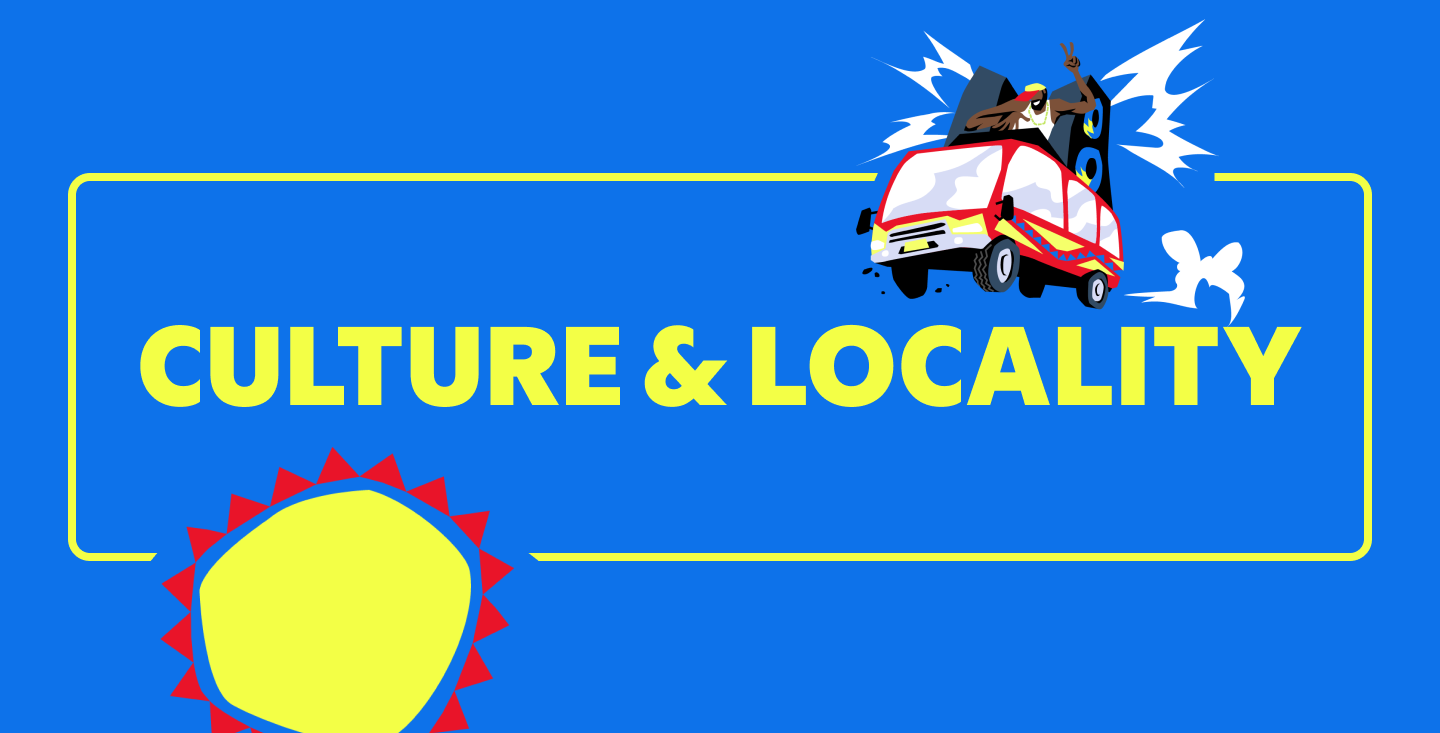
Piano to the World: Amapiano’s Evolution From Underground Movement to Global Sensation
Today Amapiano is everywhere. Some of the world’s biggest artists, including Beyoncé, have spoken about being Amapiano fans and have put out tracks featuring Amapiano artists. In 2023, Beyoncé even played Amapiano legend Uncle Waffles’ song “Tanzania” during her Renaissance world tour. The genre also got its first Grammy in 2024, with Tyla’s “Water” taking home the “Best African Music Performance” award.
But that popularity wasn’t always guaranteed. When Amapiano first emerged on the streets of South Africa’s townships a decade ago, many derided it. It was seen as something for people from low-income areas and was given little chance of achieving mainstream popularity. As more and more young people learned about the genre and spread its songs and videos via social media, however, it was set firmly on the path from underground movement to global sensation.
“Young people have always driven big shifts in the music sector,” says Jodie Tabisher, Spotify’s Artist, Label and Partnerships Manager for South Africa. “But with Amapiano, their impact has been and continues to be especially significant.”
It’s an assertion borne out by Spotify’s internal data, which shows that 40% of Amapiano streams in 2023 came from people aged 18 to 24. A further 22% came from people aged 25 to 29. It hasn’t hurt that the biggest artists in Amapiano are more or less the same age as their listeners. Even a genre pioneer like Kabza De Small, for example, is only 31 years old.
For those artists, Amapiano hasn’t just provided a chance to connect with young artists, though. It’s also provided an avenue where they can express themselves fully and authentically.
“Amapiano was kind of like a breath of fresh air, the light of the sun, something that was close to our heart,” says 27-year-old rapper Focalistic, who plays in the Amapiano space. “Just being from Africa, we’re obsessed with saying things in our own voice right now. It’s how you make an imprint.”
“Throughout my career, I’ve been fortunate enough to have a front-row seat to Amapiano’s early growth and its later global explosion,” says Phiona Okumu, Spotify’s Head of Music for Sub-Saharan Africa. “One of the things that’s always stood out to me, and which I think has helped the genre achieve its global standing, is just how distinctly South African it sounds, looks, and feels. Just by being authentic, Amapiano music and artists channel the most infectious parts of Mzansi dance culture.”

While young people have been the biggest drivers of Amapiano over the past decade, its appeal now transcends racial and social boundaries.
“When you get to America, the biggest thing from South Africa is Nelson Mandela, and that’s because he stood for his country,” says Focalistic. “That’s what Amapiano is: It’s about representing where we come from, and I think it’s a blessing that people relate to it around the world. At the same time, they can hear the emotion. I think emotion sells it more than just words.”
Young Stunna, the 26-year-old singer best known for his hit singles “Bopha” and “Adiwele,” concurs.
“With Amapiano we’re united,” he says. “I was inspired by artists like Aymos because they knew how to put a story inside the music.”
That ability to unify people might help explain why, despite its growing international popularity, Amapiano remains most popular in its home market. According to Spotify data, 55% of all Amapiano streams globally came from South Africa in 2023. It also made up 78% of all streams in sub-Saharan Africa.
Ultimately, it’s unlikely that Amapiano would have achieved its current trajectory if its creators didn’t produce tracks with infectious dance beats. As singer and dancer Kamo Mphela explains, you cannot separate Amapiano from dance.
“Music doesn’t move without dance,” she says. “That’s personally my perspective that it is its own language, it’s very universal, I don’t think both can exist without each other.”
Backing this assertion up is the significant role that things like Amapiano dance challenges on social media have played in driving the genre’s popularity. There have been instances of dance challenges’ leading to the discovery of Amapiano songs and artists and assisting in increasing their streaming numbers, such as Tyla’s “Water” or Uncle Waffles’ “Yahyuppiyah.”
Small wonder, then, that many of today’s most popular Amapiano artists are multitalented.
“When you look at South African music,” Mphela adds, “there are people who sing the cha-cha, there are the DJs, and there are the wafflers who DJ and dance, but there are quite a few that actually sing and dance, so that’s just me being smart about it and that’s the gateway for me.”
Phiona concludes that much of Amapiano’s success is built on what came before it. But, she adds, the success of Amapiano artists should also give South Africans confidence in their own ability to succeed.
“Never would we have thought that piano would go to the places that Kwaito dreamed of all those years ago. It’s happening because we stuck to our guns,” she says. “We know we’re fly, we have the dances, we have the songs, we have the beats, we have everything.”

















